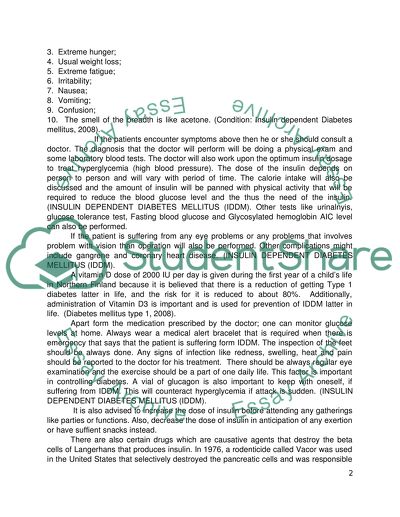Cite this document
(Insulin-Dependent Diabetes Mellitus Assignment Example | Topics and Well Written Essays - 1250 words, n.d.)
Insulin-Dependent Diabetes Mellitus Assignment Example | Topics and Well Written Essays - 1250 words. https://studentshare.org/biology/1520331-insulin-dependent-diabetes-mellitus
Insulin-Dependent Diabetes Mellitus Assignment Example | Topics and Well Written Essays - 1250 words. https://studentshare.org/biology/1520331-insulin-dependent-diabetes-mellitus
(Insulin-Dependent Diabetes Mellitus Assignment Example | Topics and Well Written Essays - 1250 Words)
Insulin-Dependent Diabetes Mellitus Assignment Example | Topics and Well Written Essays - 1250 Words. https://studentshare.org/biology/1520331-insulin-dependent-diabetes-mellitus.
Insulin-Dependent Diabetes Mellitus Assignment Example | Topics and Well Written Essays - 1250 Words. https://studentshare.org/biology/1520331-insulin-dependent-diabetes-mellitus.
“Insulin-Dependent Diabetes Mellitus Assignment Example | Topics and Well Written Essays - 1250 Words”. https://studentshare.org/biology/1520331-insulin-dependent-diabetes-mellitus.


